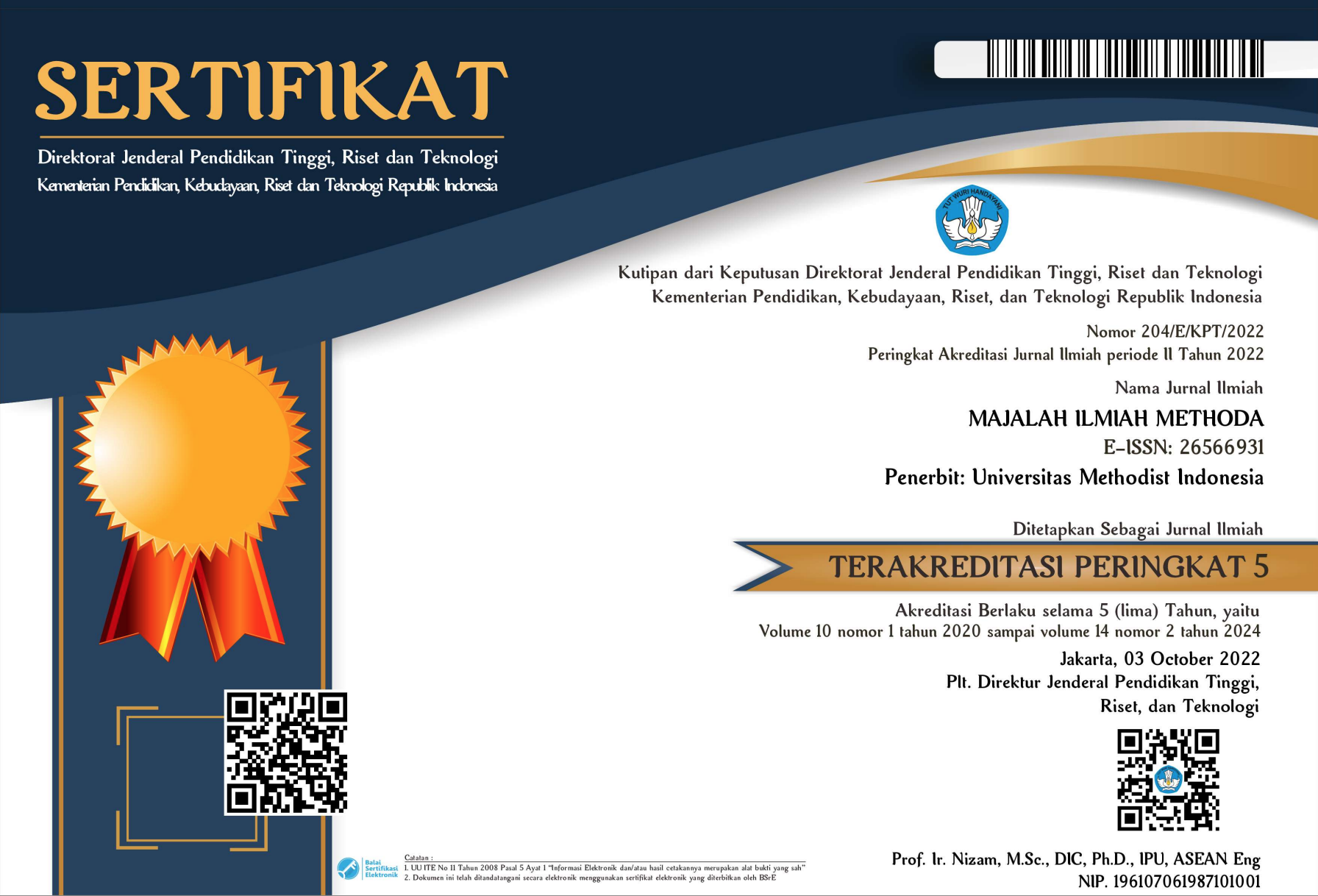Prediksi Jumlah Produksi Kelapa Sawit di Indonesia Menggunakan Algoritma Backpropagation
Keywords:
Palm Oil, Economy, Fluctuation, Prediction, BackpropagationAbstract
Indonesia is a country that has advantages in the agricultural sector which has the largest plantation and agricultural areas in ASEAN, one of which is oil palm plantations. Indonesia is one of the largest crude palm oil (CPO) business players in the world. More and more palm oil mills and oil palm land are being converted to oil palm cultivation, because oil palm plantations are more beneficial for farmers and palm oil processors. Palm oil plantations are still trying in several ways to maintain stable market demand, one of which is by increasing palm oil production, because palm oil is the main source of other product derivatives. Palm oil production fluctuates every month, but the ups and downs are caused by many factors, namely climate, rainfall, soil fertility, selling prices, and others. Reduced production has a direct impact on the income of farmers and workers in the sector, which in turn can cause economic instability. Actions are needed to ensure the continuity of this industry, one of which is by making predictions. One prediction technique is the Backpropagation artificial neural network. The prediction model can provide very accurate estimates of palm oil production at the provincial level. By analyzing historical data, this research can identify patterns that can help predict future palm oil production. The urgency lies in the strategic role of palm oil in the Indonesian economy.
Downloads
Published
Issue
Section
License
Copyright (c) 2024 M. Safii, Ommi Alfina

This work is licensed under a Creative Commons Attribution-NonCommercial 4.0 International License.










